Despite an incredibly rich heritage and some of the most diverse natural landscapes on the planet, Ecuador is often bypassed for its more well-known neighbors of Peru and Colombia. In my opinion, a bit of a tragedy, since it is a destination unlike any other and has much to offer to travelers of all kinds. As an Ecuadorian by birth and heritage – though I haven’t lived there since I was little – I have made it a point these past few years to visit my country of origin more regularly, in order to get to know it better. This has primarily taken the form of short breaks and weekend getaways from Quito, where I stay with family when I visit, and it is opening my eyes to the unique magic of this very special country.
About the same size as the state of Colorado, Ecuador is one of the most geographically diverse countries on Earth. It’s location on the Equator, and the Andes mountain range that splits the country down the middle, create three distinctive regions, each with its own climate, flora and fauna, even culture and food; the Costa or the Pacific coast lowlands, the Sierra or Andean highlands and the Oriente or Amazon jungle basin. This uniquely blessed geography and rich cultural heritage make Ecuador a traveler’s dream. In a relatively short period of time you can get from the tropical humidity of the coast where banana plantations and golden beaches abound, to the dry, cold altitude of the mountain passes that weave between fields of green quinoa, purple amaranth and the snow-covered peaks of some of the country’s most magnificent volcanoes. And, of course, that’s all before you even start talking about the Amazon basin’s rich biodiversity or the world-famous Galapagos Islands, where Darwin developed his theory of evolution.
Ecuador’s capital, the Andean city of Quito, is not only home to one of the best preserved historic colonial centers in the Americas – one of the first UNESCO World Heritage sites – but it is also the second-highest capital city in the world at 9,350 feet above sea level. The city is well-located for various short breaks and weekend getaways, giving visitors plenty of opportunities to experience the diverse landscapes and colorful cultures that this special country has to offer. Thus far, in my explorations, I have been privileged to experience the engineering marvel that is the Devil’s Nose Train, the breathtaking beauty of the Andean plains, the exquisite arts and crafts of Otavalo, and the all-encompassing aliveness of the cloud forest. Although these journeys may all have been only a few days in length, the discoveries I made about my country of origin along the way have left me keen to continue my explorations and see what I might discover next.
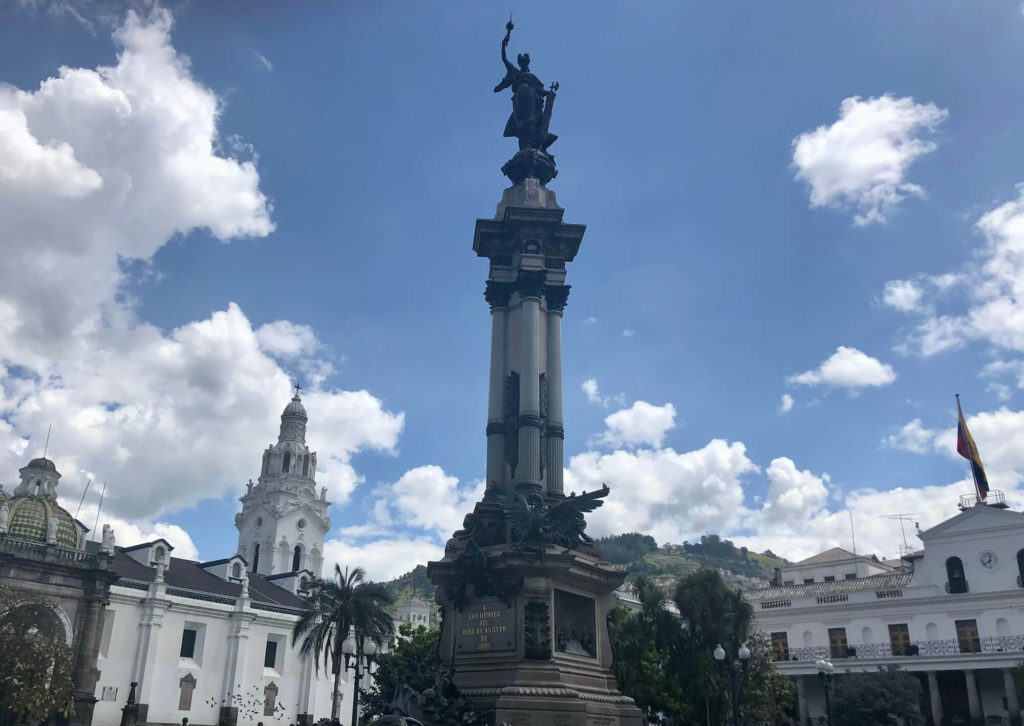
Quito’s beautiful historic center
“It’s small size, developed infrastructure, uniquely blessed geography and rich cultural heritage make Ecuador a traveler’s dream.”
Alausí and the Devil’s Nose
Located about a five-hour drive south of Quito, taking mountain roads that, at times, reach almost 10,000 feet in altitude as they wind their way through magnificent scenery, the small town of Alausí emerges from the low-hanging clouds, charming and picturesque, settled into a valley and surrounded by green and golden mountains. This Pueblo Mágico – a government initiative that designates certain towns as noteworthy destinations due to their unique cultural and natural heritage – is the gateway to the Naríz del Diablo (Devil’s Nose) train, a unique marvel of engineering that links the coastal lowlands with the Andean highlands.
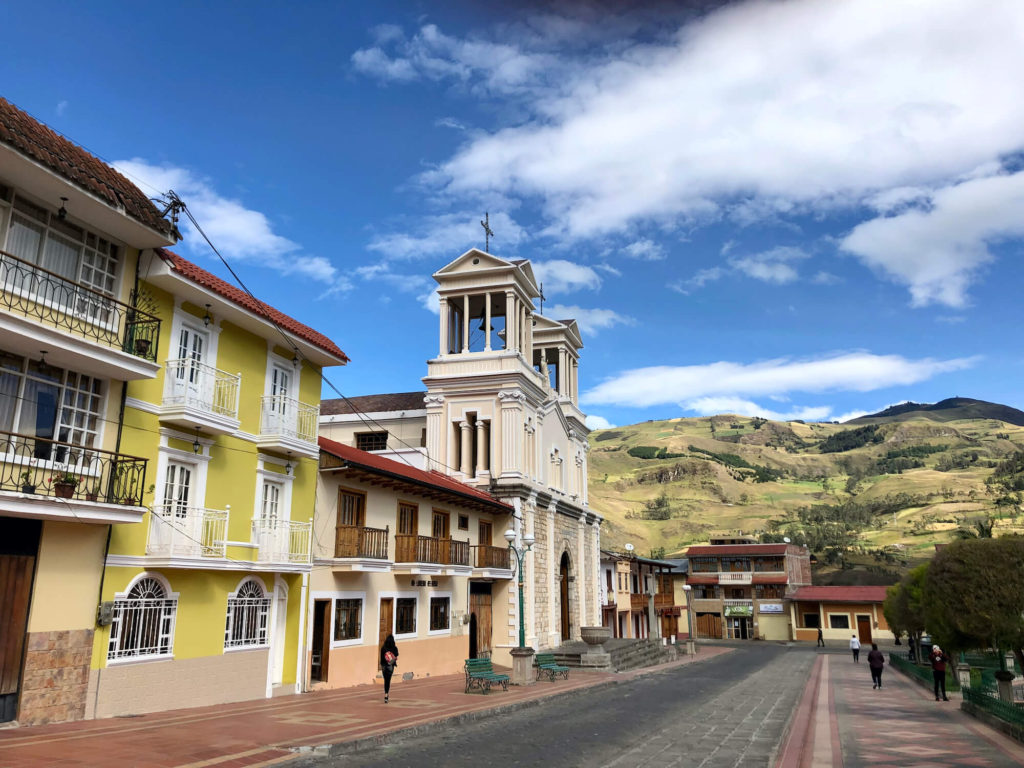
The central square of the charming pueblo mágico of Alausí
Alausí is a quaint little train town known for its colorful and historic architecture. It is a very walkable and friendly place, and offers some interesting sights; including the local church, La Matriz, built in the 18th century and located by the pleasant Parque 13 de Noviembre, which serves as a sort of central plaza. It’s worth wandering there at night to witness the beautiful lighting with which the church is decorated once the sun goes down. Another unmissable sight is the Monument to Saint Peter, patron saint of the city, which is easily seen from any vantage point in the city due to its strategic location and large size. But the true draw for this town is the railway station, home to the world-infamous Naríz del Diablo railroad.
In order to achieve the descent of 3,300 feet in less than 7.5 miles of track – the steepest descent of any railroad track in the world – a series of switchbacks were carved into the mountainside, a sheer, almost vertical wall of rock. In practice, this means that, after a few minutes of traveling on the track in one direction, the train stops, the track is changed manually and the train reverses to continue either climbing or descending the mountain, which resembles a nose hence its name. This leaves you watching from the train windows as the track you were just traveling on a moment ago disappears above or below you. It’s a pretty spectacular round trip journey of two and a half hours that includes a guide in each train car, a visit to a small cultural museum displaying the Nizag indigenous community’s way of life and a folkloric dance by members of that community. The refurbished train cars, originally from the mid-20th century, provide a nostalgic yet comfortable ride, the scenery along the way is absolutely spectacular and, occasionally, nerve-wracking, but the experience is one not to be missed.
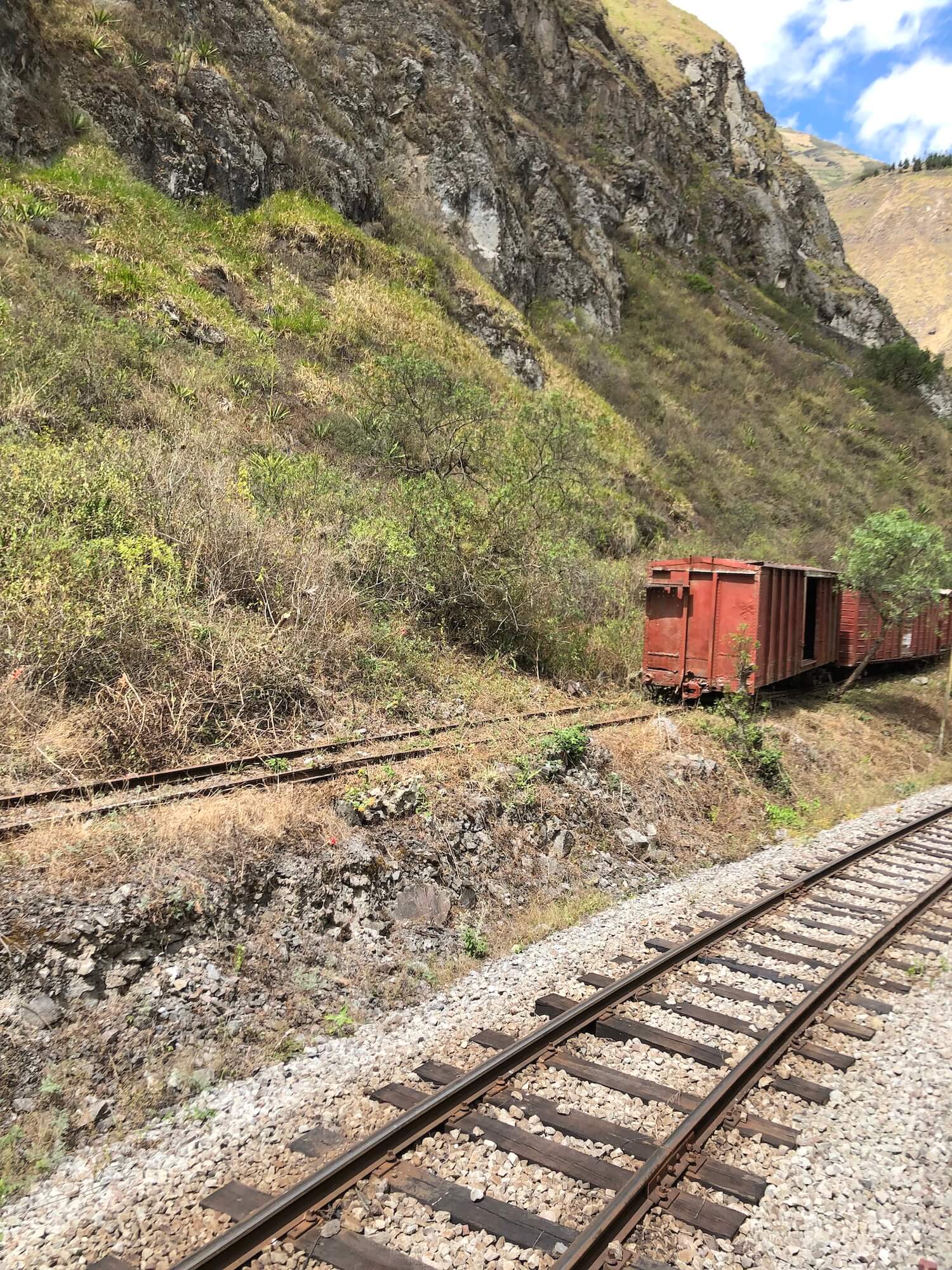
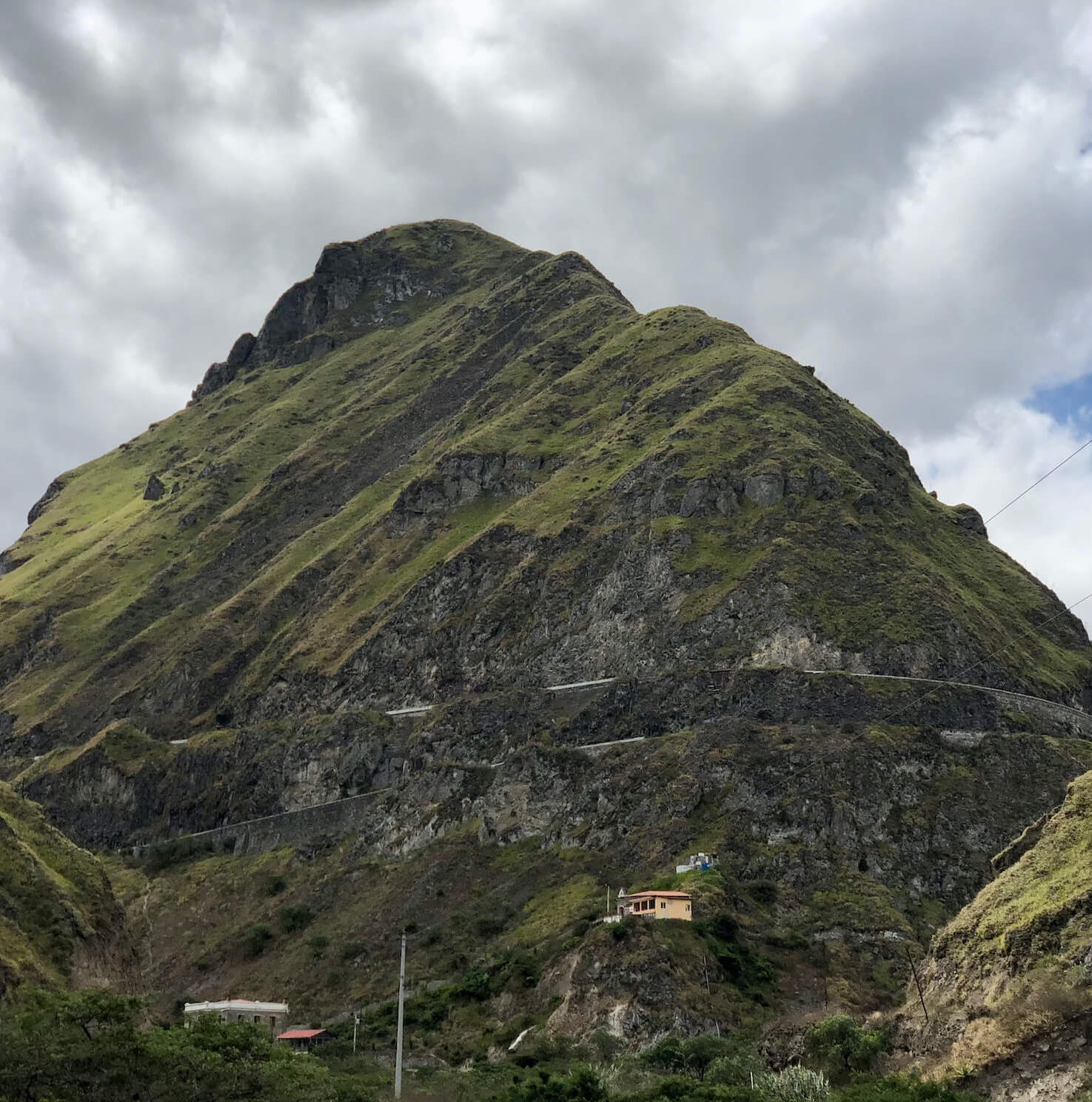
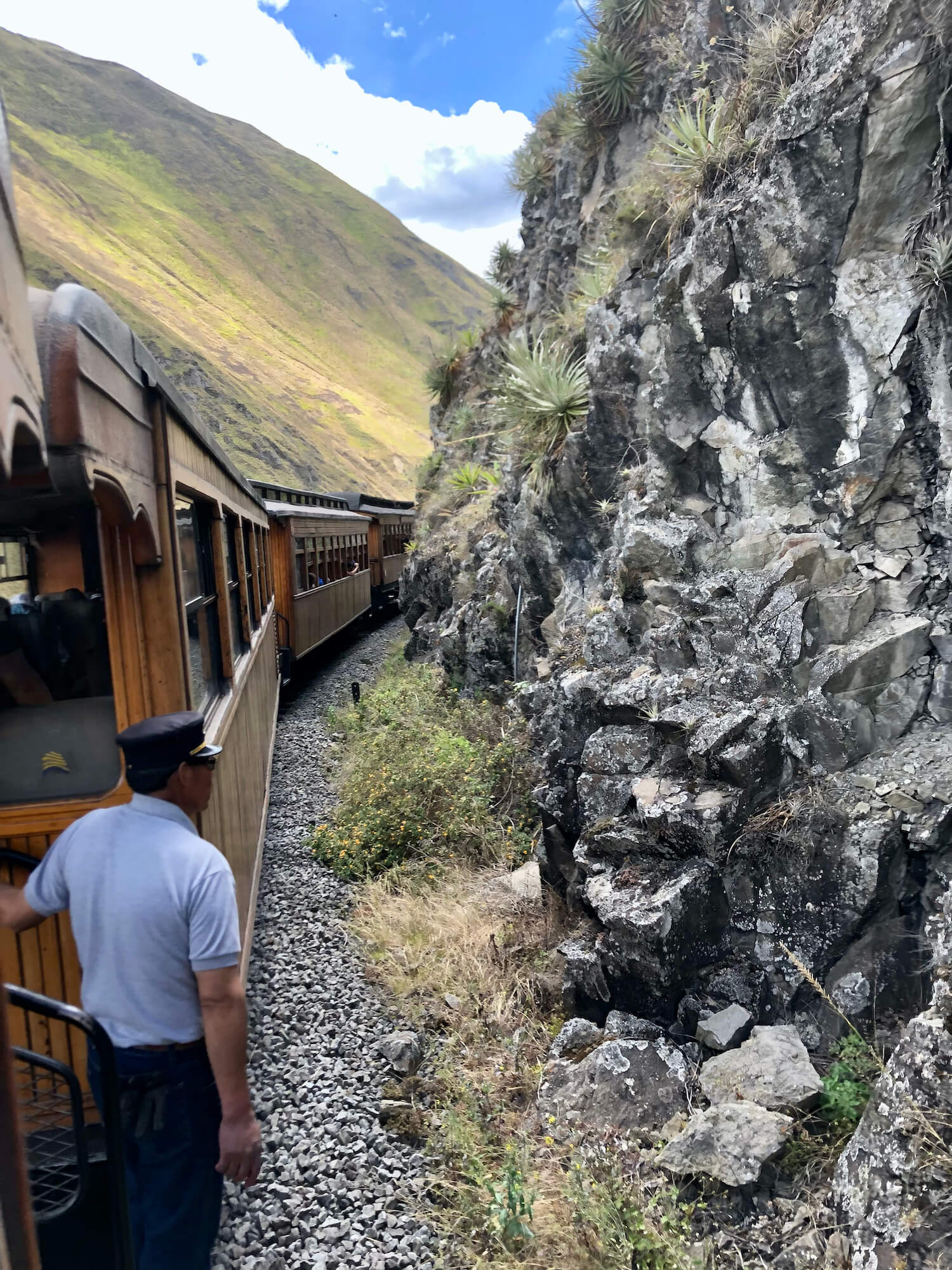
San Pablo Lake and Otavalo
A relatively easy two-hour drive heading north from Quito will bring you to Laguna de San Pablo, a scenic and popular recreational lake located right at the foot of the majestic Imbabura volcano. The surrounding area is home to various indigenous villages – a wonderful opportunity to experience cultural immersion – and plenty of outdoor pursuits including; hiking, biking, horse riding and, of course, water sports. The lake is a popular destination for locals, who travel here for a relaxing or adventurous weekend break, as well as for tourists, who often base themselves out of the plentiful accommodations around the lake in order to visit the nearby city of Otavalo, where the country’s largest artesanal indigenous market takes place.
An interesting side-note about Laguna de San Pablo and the sort of unique experiences you can find in Ecuador; it is possible to go scuba diving in the lake. It won’t offer much in the way of an interesting under-water world (it’s quite dark), but will give you the opportunity to scuba dive at 8,700 feet above sea level, which, let’s face it, is not your typical scuba-diving experience!
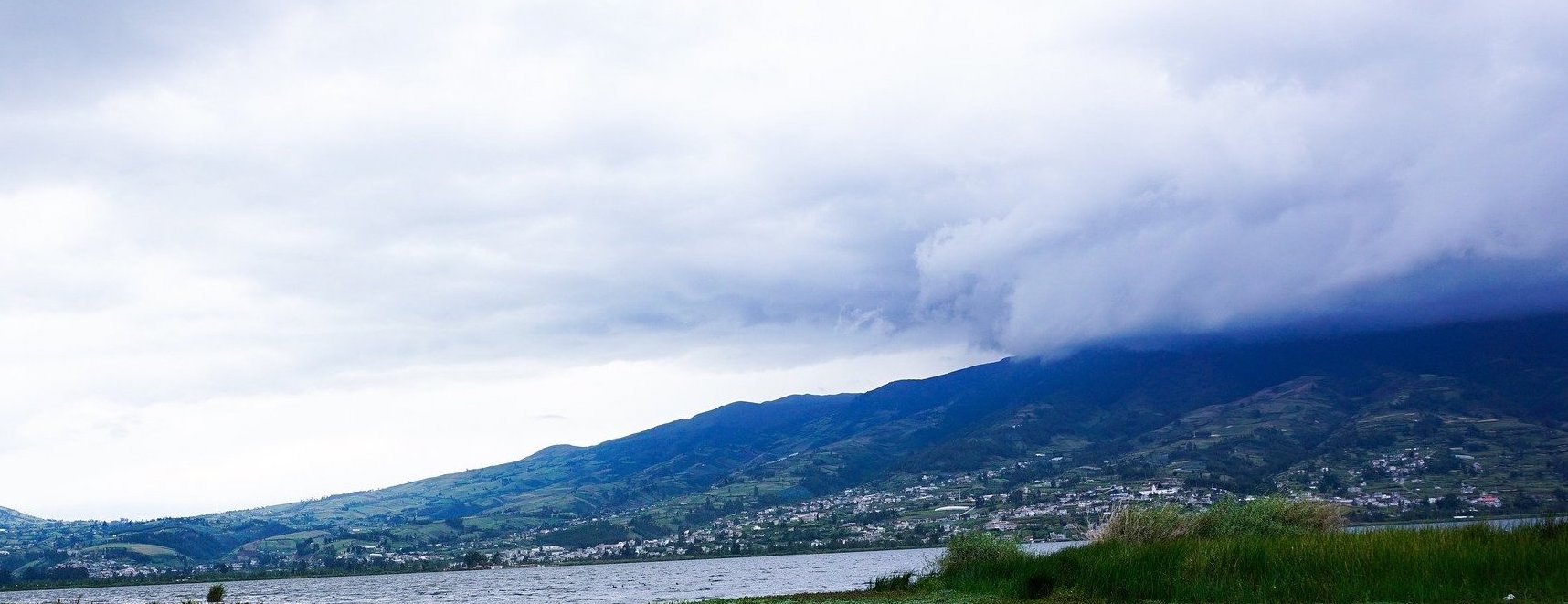
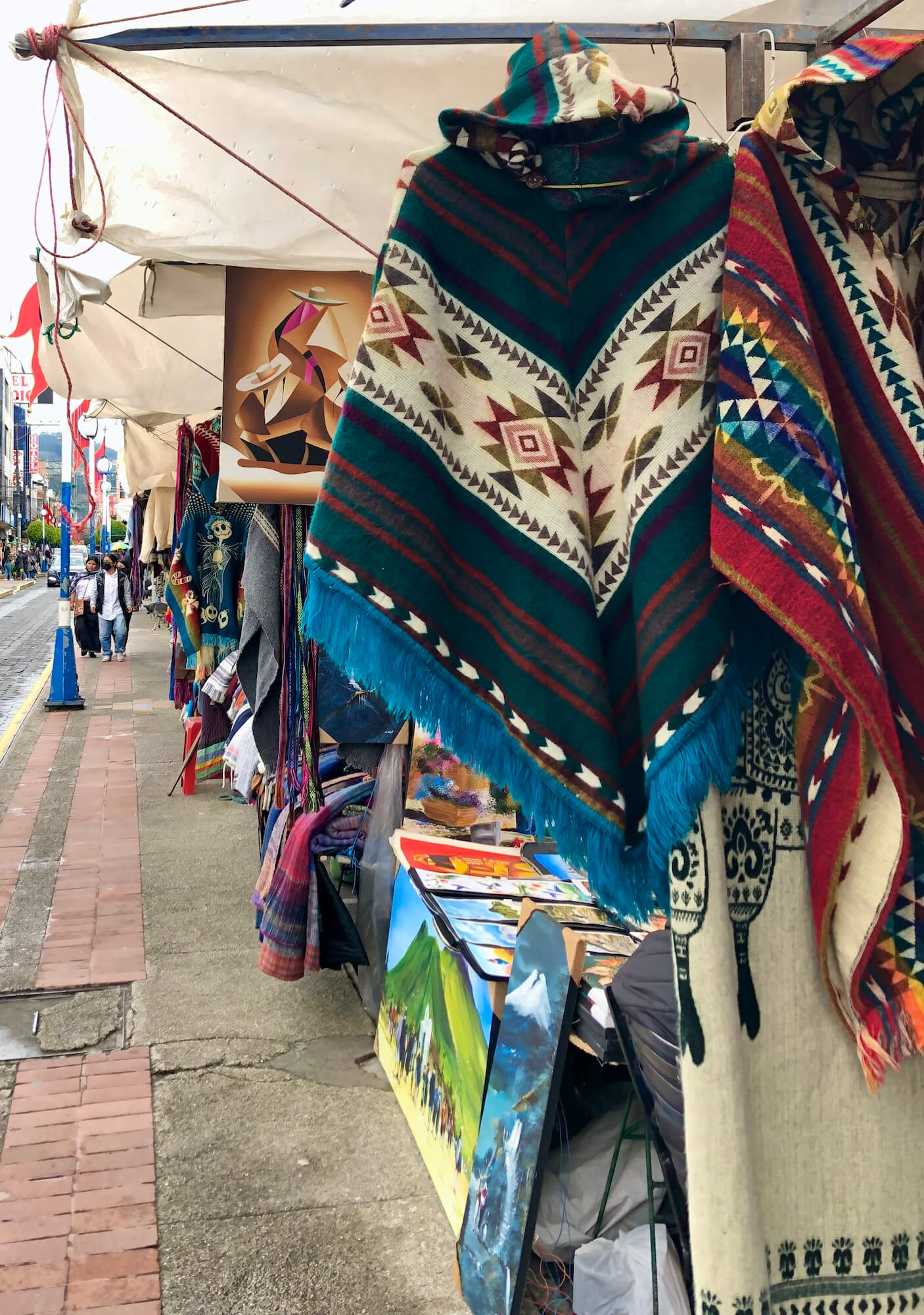
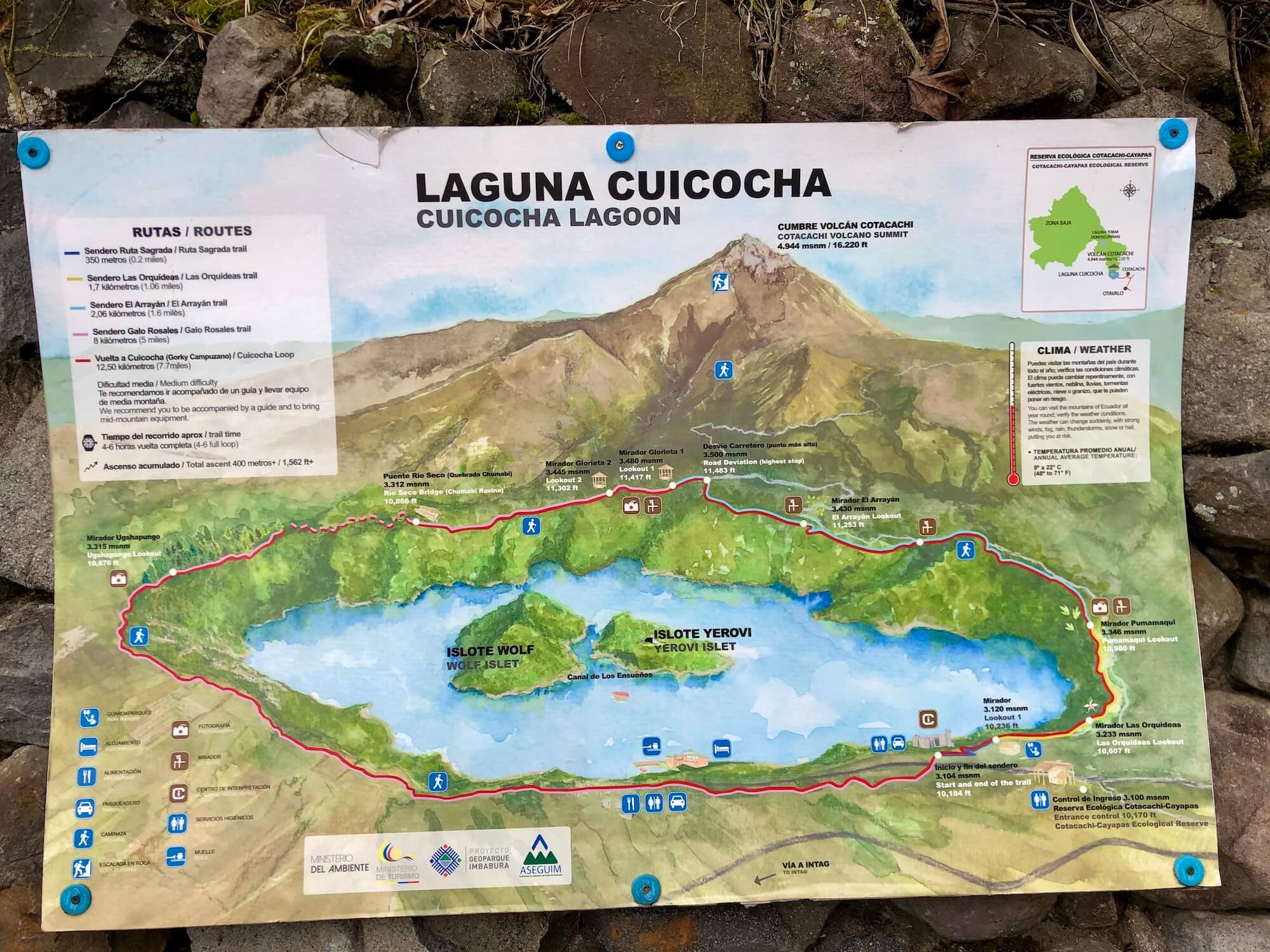
Otavalo
Otavalo is located about a 10 minute drive from San Pablo Lake. The charming town is home to a legendary crafts market that springs to life on Saturdays around the Plaza de Ponchos, where the indigenous vendors sell all sorts of beautifully-designed, handmade woolen, embroidered and artesanal items, ranging from blankets to sweaters to blouses to the eponymous ponchos, as well as carvings, paintings, jewelry and much more. It is a truly beautiful testament to the incredible skill of the Otavaleños. Haggling is the norm, prices are very reasonable and payments are made in cash, so make sure you bring plenty with you. If you’re looking for traditional, authentic souvenirs or gifts from Ecuador, this is the place to visit for sure and you’ll also be gifted with an insight into one of the most prominent indigenous cultures of the Andean region.
Cuicocha Lagoon
About a 45-minute drive from Laguna de San Pablo, you’ll find some of the area’s best and most stunning hikes. The Ecuadorian highlands are renowned by hikers and adventurers for their myriad trails, criss-crossing the wild beauty of the páramo – the alpine tundra ecosystems common to the Andes mountains – before guiding you to hidden gems, such as mountain lakes of unfathomable azure waters. One such crater lake is Laguna Cuicocha which, although perhaps not a “hidden gem” since it hosts quite a few trails that are regularly enjoyed by locals and tourists alike, is certainly a site to see. The main trail around the lagoon is an 8.6 mile loop that starts off at almost 10,000 feet in altitude (make sure you get plenty of hydration along the way!) and has an elevation gain/loss of about 1,500 feet. The altitude can make it a challenging hike, but the gorgeous flora along the trail and the spectacular views of the lagoon, with its verdant islands floating serenely in the middle, make the effort well worth it.
Mindo and the Cloud Forest
The Ecuadorian cloud forest is unlike anything you could imagine. Lush and green and teeming with tropical flowers, colorful birdlife – it offers some of the best bird watching in the world – prolific fauna of the amphibious and insect variety, swimming holes, waterfalls, beautiful butterflies and so much more…a true jungle paradise. The drive from Quito to Mindo is a two-hour revelation, as it makes its way out of the city and meanders through changing scenery that shifts from the vast, windswept mountain valleys to hillsides covered in rich, green vegetation. The temperature changes as well, from the colder, drier environments of the mountains to the temperate humidity of this type of forest.
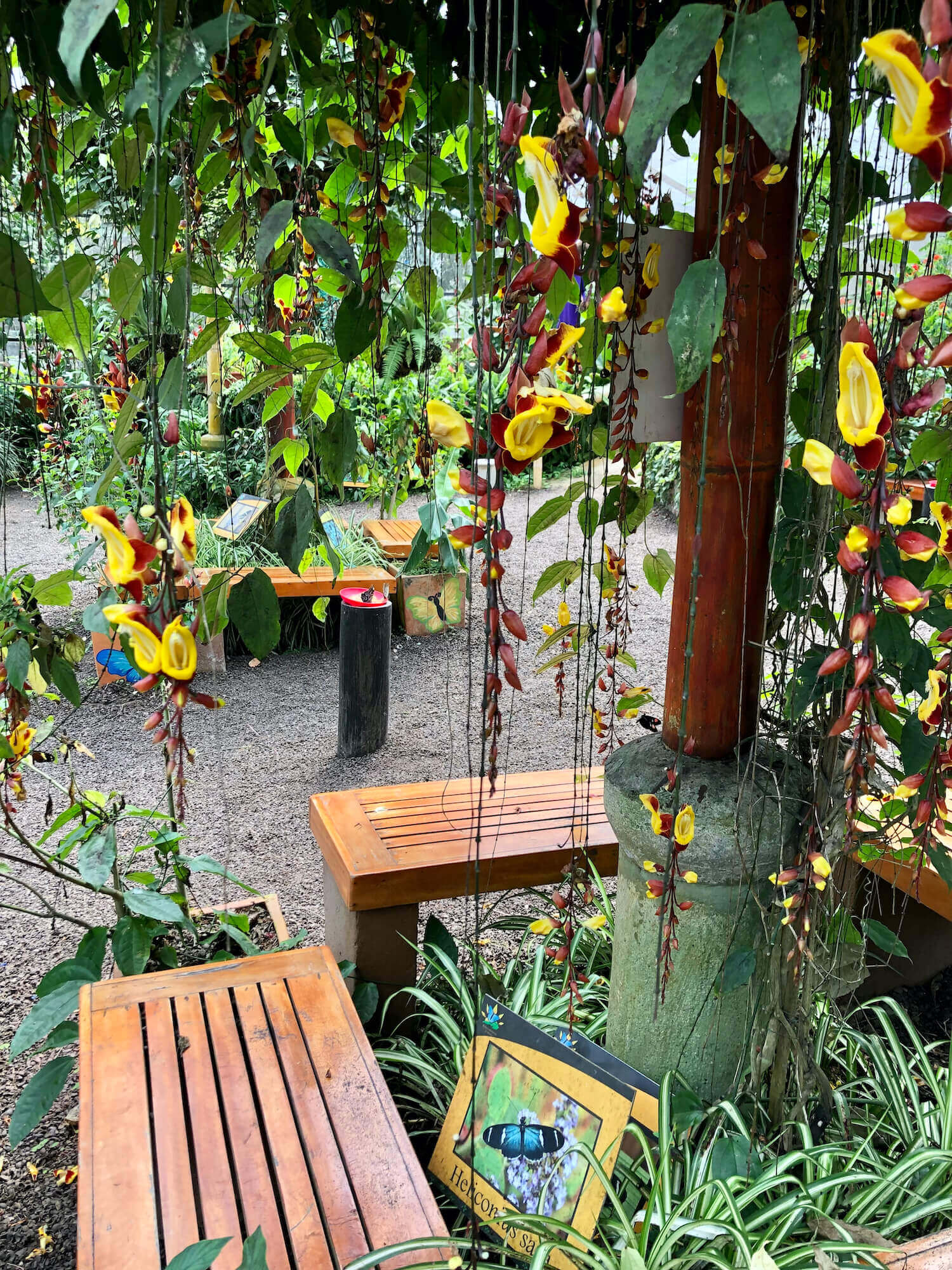
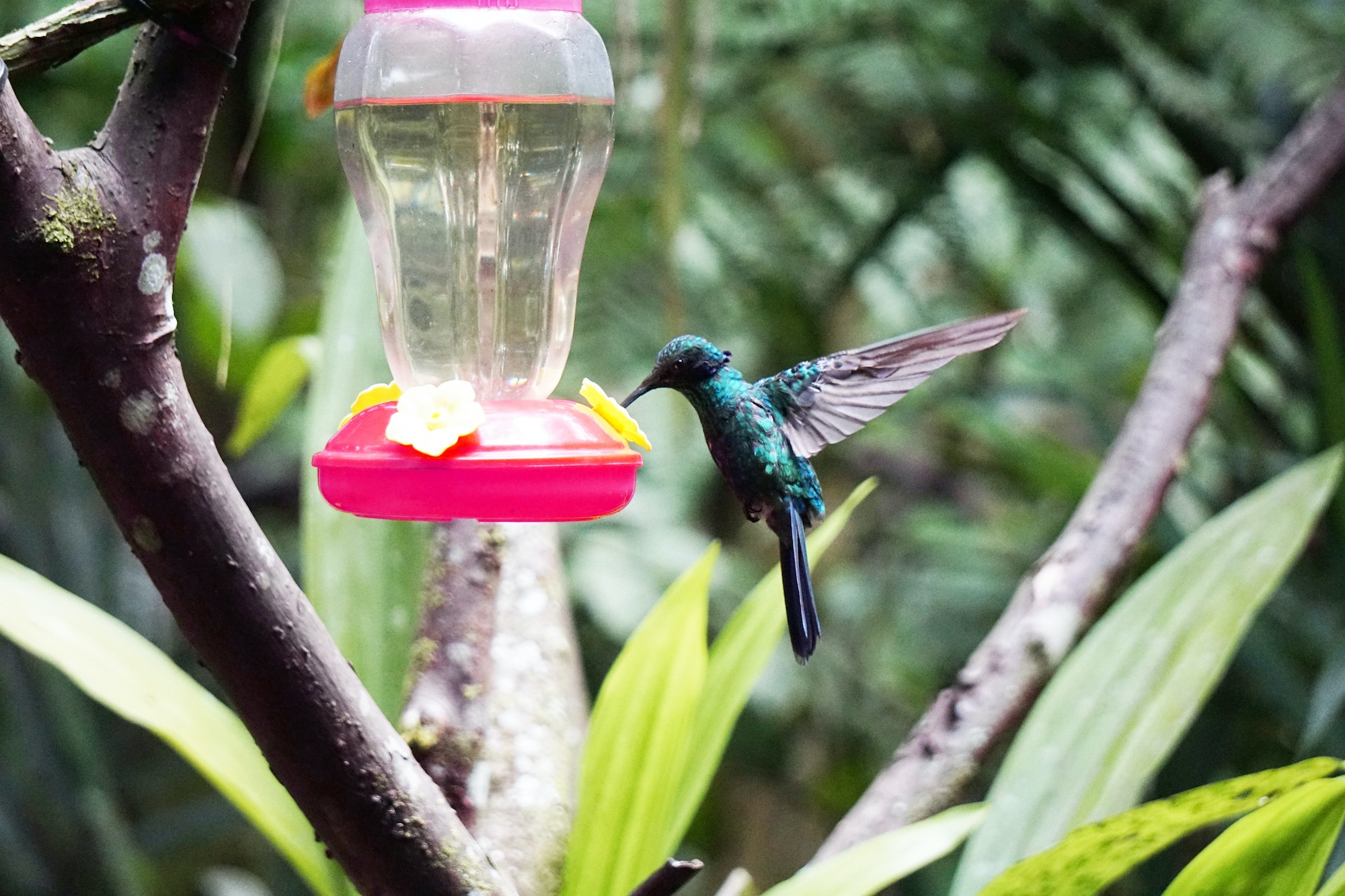
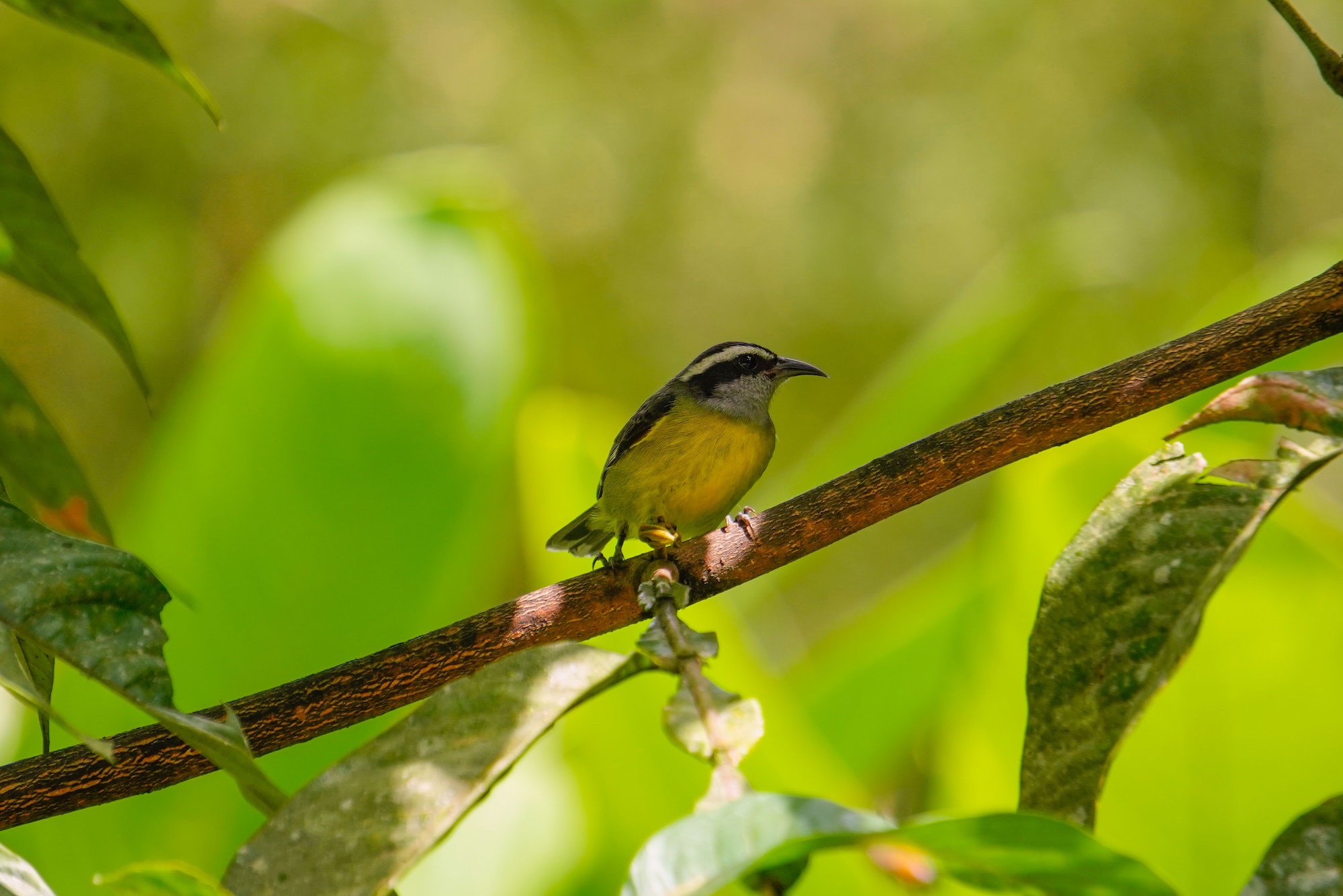
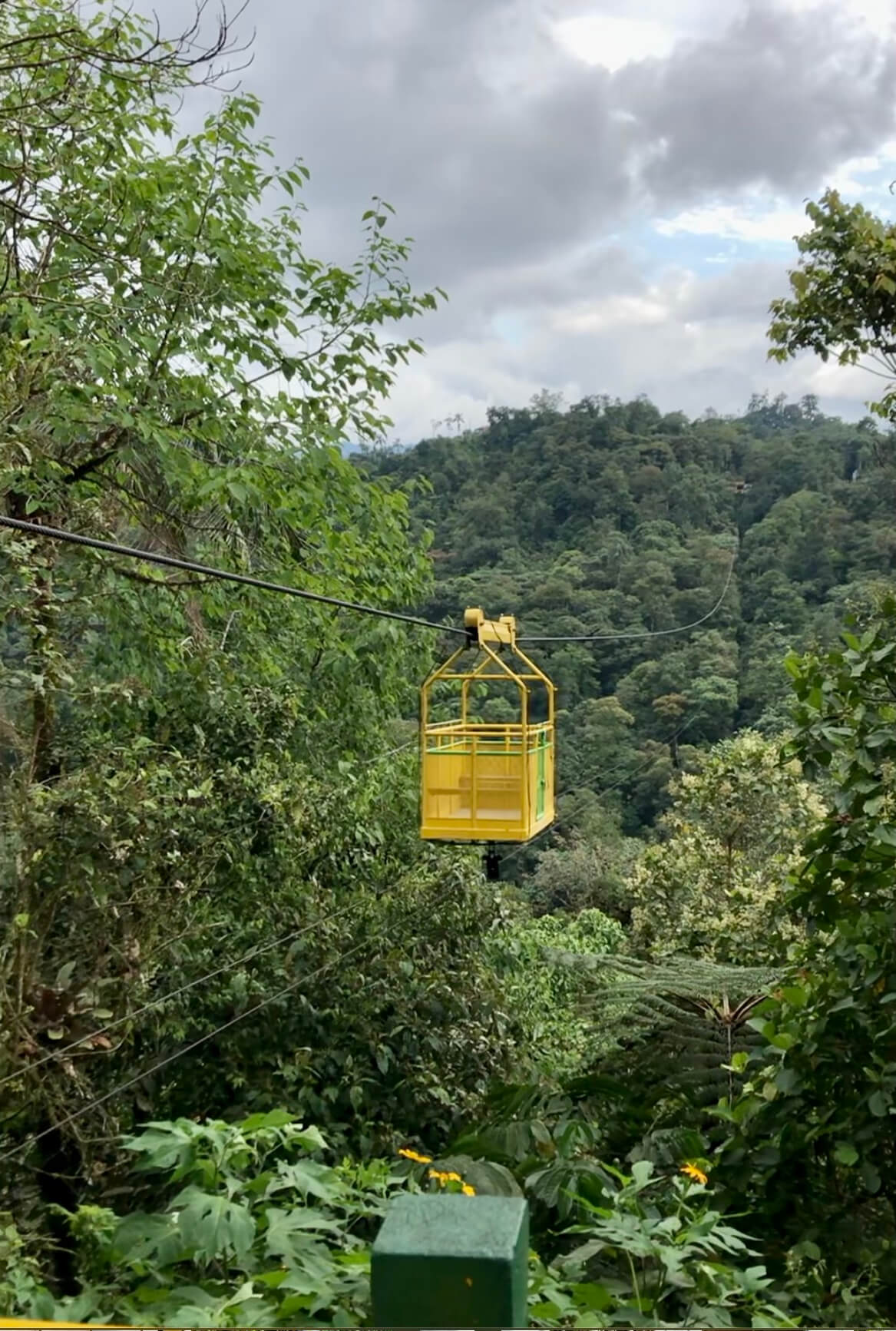
The center of the cloud forest is the village of Mindo, a small but lively town with a boho vibe and plenty of activities on offer, including tubing down the river and zip-lines that take you flying through the jungle canopy. The primary activity for the many travelers that come out this way, though, is exploring the bountiful forest and all of the unique animal-life, plant-life and bird-life it hides within its dense foliage. There are plenty of well-marked hiking trails that will take you into the forest and deliver you to hidden swimming holes featuring fresh waterfalls you’ll share with a host of colorful butterflies, or to prime bird-watching spots, where avid birders are sure to check off some of their bucket-list species.
One of the highlights of a visit to Mindo is taking the unmistakable yellow tarabita – a sort of simple, small, open cable car powered by a diesel truck engine – that carries you high above the forest floor, through the canopy. It is an exhilarating and fun experience, which sets the tone for any visit to this area. Another fun and educational experience is the Butterfly Farm, Mariposas de Mindo, located just on the outskirts of town, which offers a comprehensive overview of the life-cycle of a butterfly – with plenty of live representations – and a diverse collection of colorful butterflies fluttering their way from one vibrant orchid to another. It only adds to the magical paradise vibes of this unique region.
Baños, the Adventure Capital
About a 3-hour drive south of Quito, the popular tourist destination of Baños beckons adrenaline-junkies and wellness-seekers alike (foodies should also take note because, for a fairly small town, the food options are surprisingly gourmet). Located in a small valley surrounded by lush green mountains, the Pastaza River and some thundering waterfalls, Baños sits at the base of one of the country’s most active volcanoes, the temperamental Tungurahua. It is not uncommon to witness the Tungurahua spewing bits of lava and smoke from its crater, a sight that can be a bit alarming to visitors but that the locals seem to take with rather a lot of calm.
The town’s official name is Baños de Agua Santa – translating to Holy Water Baths – because of the many mineral-rich hot springs that can be found in the area. Wellness-seekers have a host of hotels and spas to choose from, offering rejuvenating treatments both in and out of the water. Meanwhile, adventure-seekers have a plethora of adrenaline-pumping activities on offer in the surrounding mountains and rivers, ranging from fairly mild hikes to visit the many roaring waterfalls – El Pailón del Diablo is particularly impressive in its mighty power – to zip-lining through gorges, white-water rafting, mountain biking, bungee-jumping and braving one of the various giant swings, perched precariously on the mountain edge, so that when you are pushed, you are essentially swinging over the abyss below (full disclosure: I did NOT give this a try).
The town itself is quite picturesque and walkable, with many restaurants, cafes, boutiques, souvenir shops and artesanal stalls lining its well-kept streets and plazas. The nightlife is particularly renowned here but, for me, the food was a true highlight. In the space of two days, I had three excellent meals – at Amarelo, Haycha and Pappardelle. At Haycha, the very original menu highlighting the traditional foods from each region of Ecuador – the Sierra, the Costa and the Oriente – took me by surprise with its creativity and deliciousness. I would rank it as one of my top 5 meals ever. Definitely worth a try!
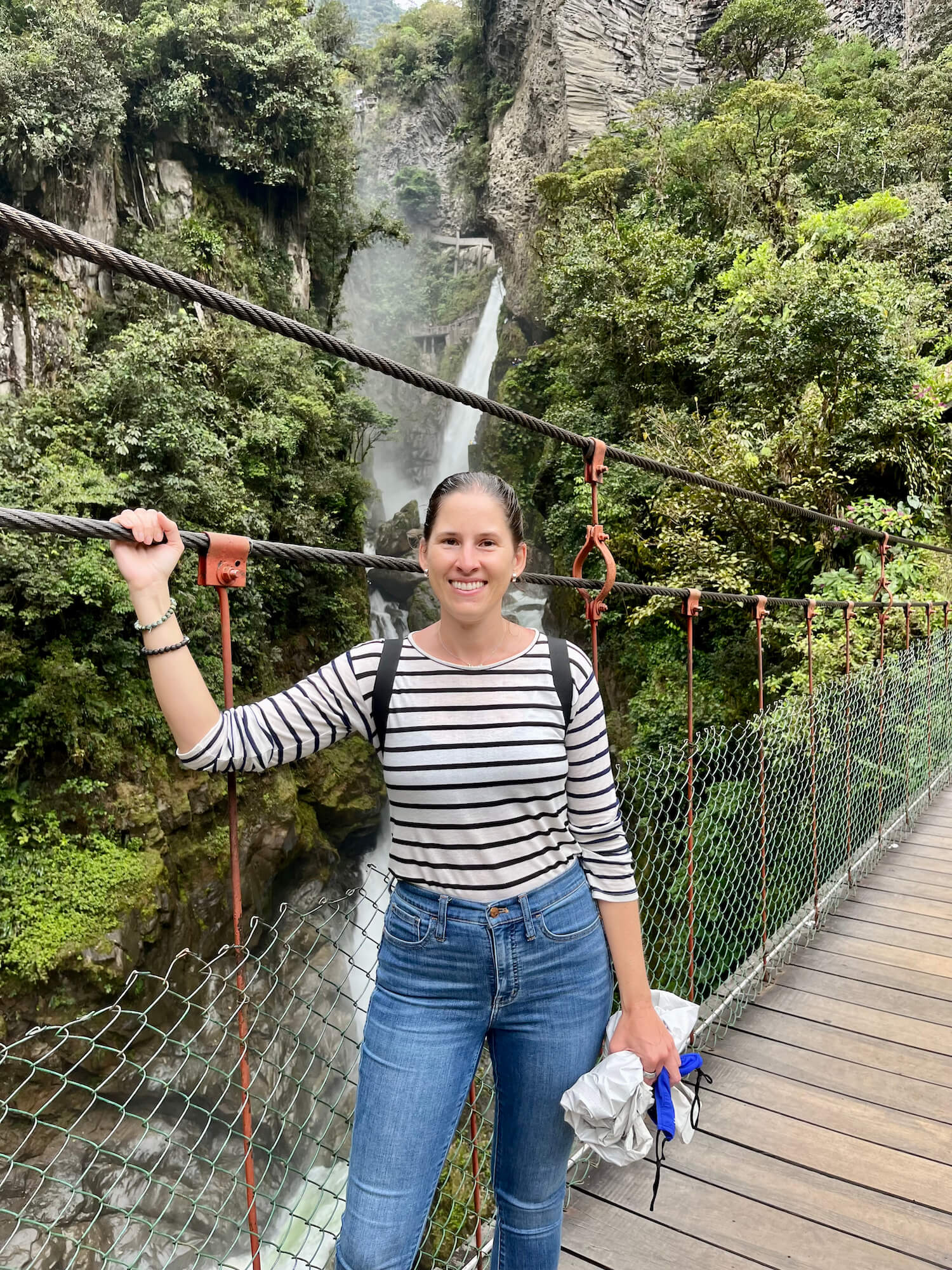
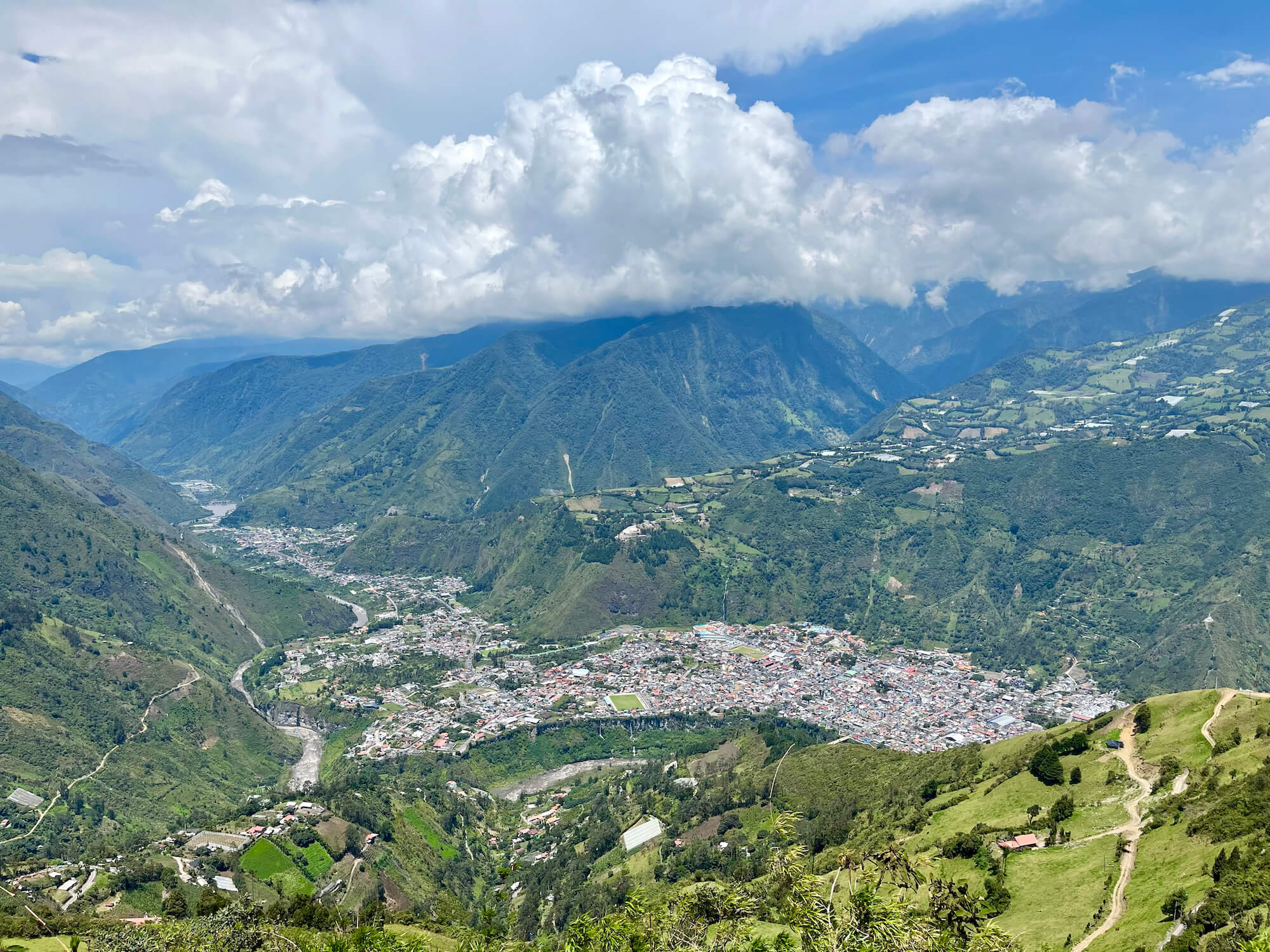
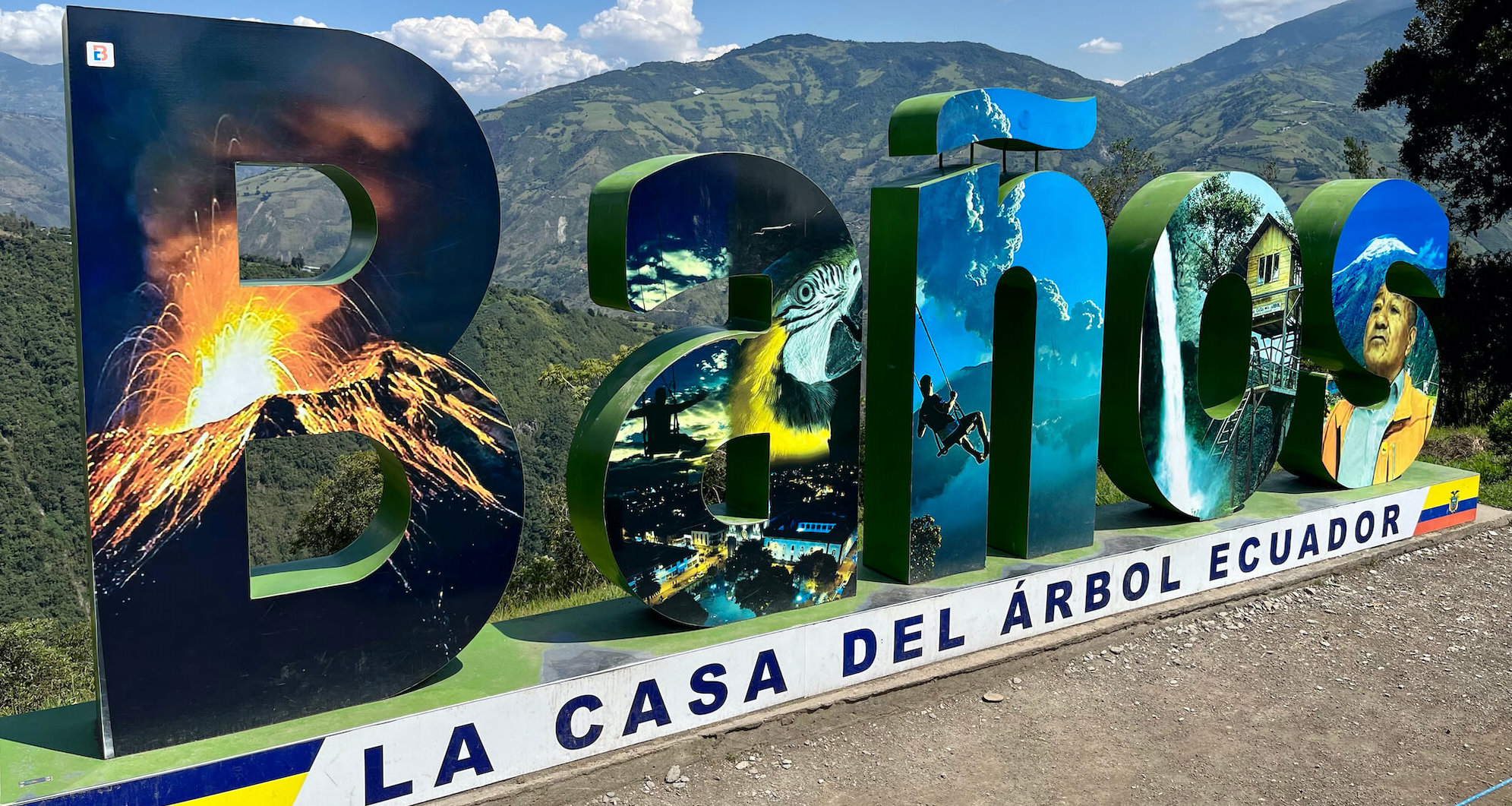
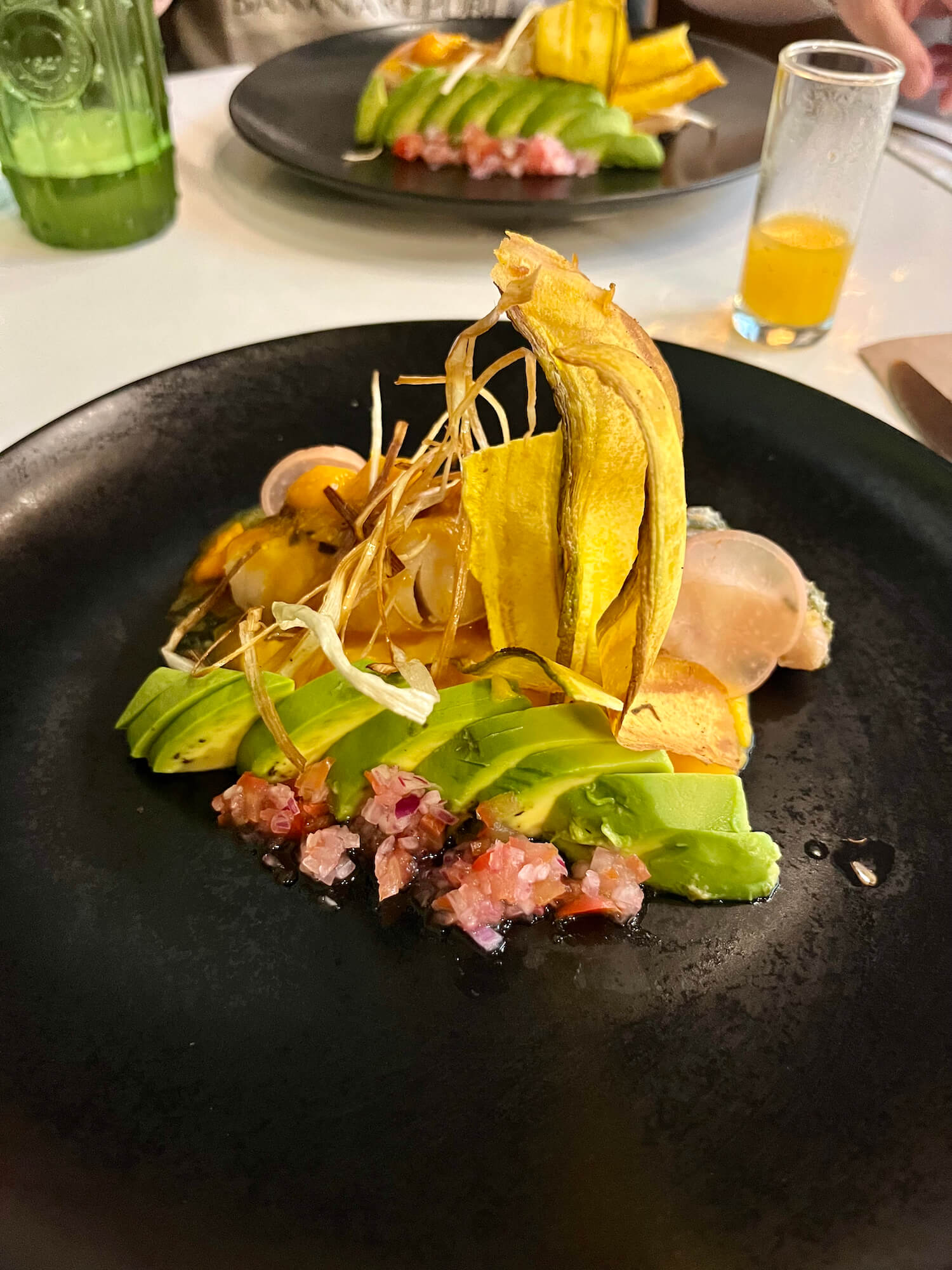
More Short Breaks Coming Up
Just these four short getaways in my last couple of trips to Ecuador have truly awakened my desire to get to know every region of this small but exceptional country. I am eager to continue my explorations and see what else I might discover and experience on my visits down there from Los Angeles. I know there is so much more to see and learn about – from the gorgeous beaches and thriving fishing villages of the Pacific Coast, where I spent many a holiday as a child, to the south, where the cities of Cuenca and Loja are located, often referred to as the cultural capitals of the country, to the Amazon jungle and its inhabitants, which is a whole other world entirely… Recently, I had the incredible opportunity to return to the Galápagos islands after thirty years, and it turned out to be one of the most magical and mindful travel experiences of my life! Ecuador has captured my imagination, as well as my heart, and I will most definitely be continuing my explorations of my country of origin for the foreseeable future.
Written By Camila

Coach, Storyteller and Mindful Traveler



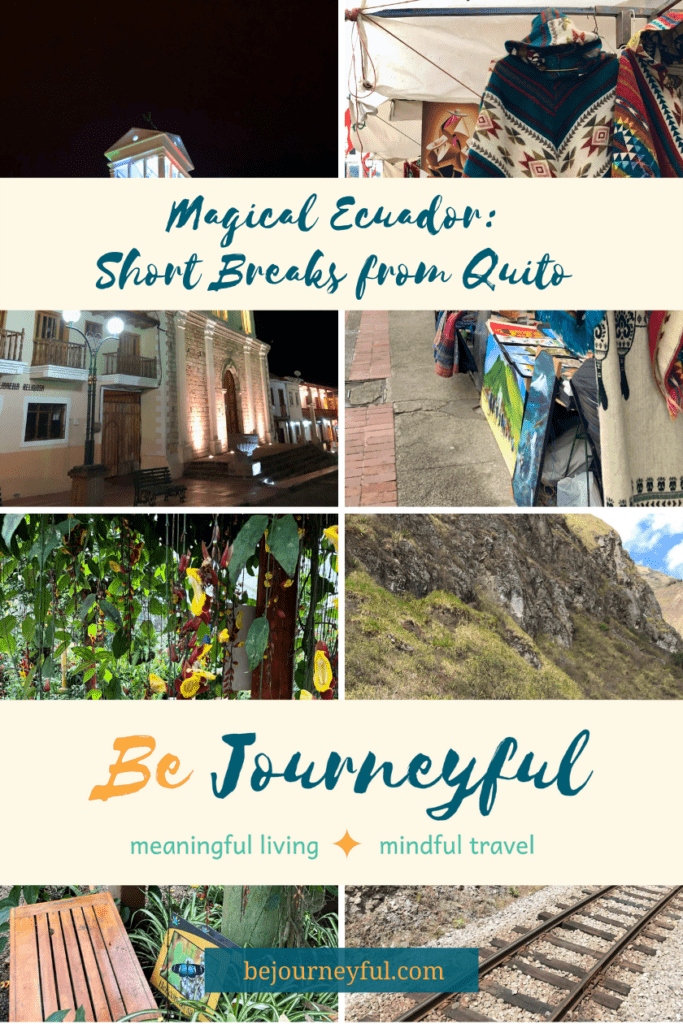
Recent Comments